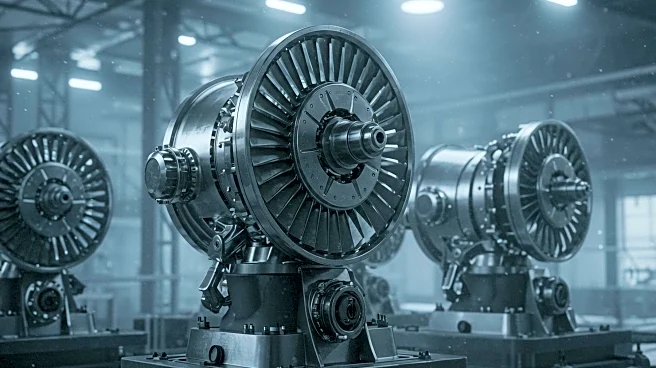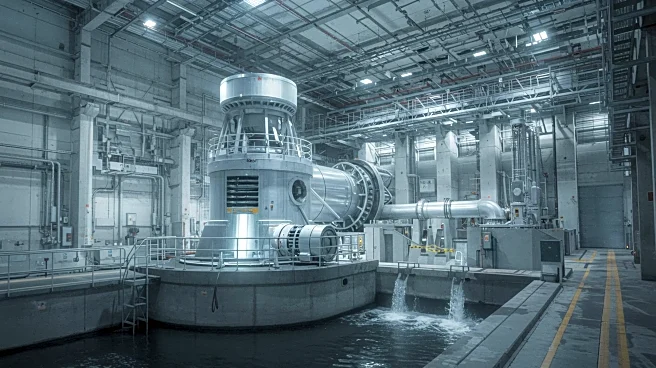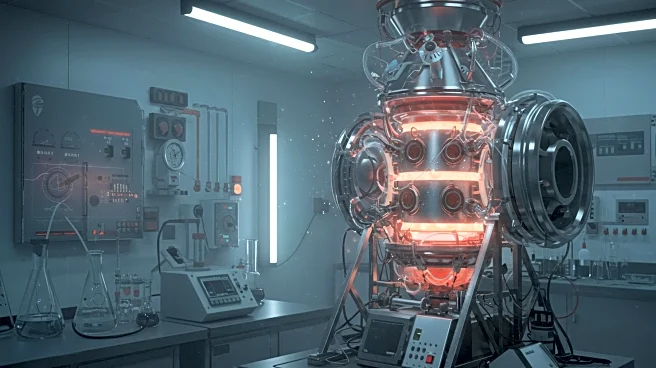Rapid Read • 8 min read
The concept of producing hydrogen by reacting water with ultramafic rocks, which are rich in iron and magnesium, is being explored as a potential clean energy source. This process, known as engineered mineral hydrogen production, involves using the natural reaction between water and certain types of igneous rocks to release hydrogen. While laboratory models show promise, the practical application in the field presents significant challenges. The necessary infrastructure, such as reliable drilling and reservoir monitoring, is not readily available in regions where these rocks are found. Additionally, the purity of hydrogen is a concern, as impurities can complicate the extraction process and increase costs. The economic viability of this method is further complicated by the geographical mismatch between hydrogen production sites and existing industrial demand centers, such as methanol and ammonia plants.
AD
The development of engineered mineral hydrogen production could potentially offer a new source of clean energy, contributing to the reduction of carbon emissions. However, the economic and logistical challenges associated with this technology could hinder its adoption. The need for significant infrastructure investment and the geographical separation from industrial demand centers pose substantial barriers. If these challenges can be overcome, it could provide a sustainable alternative to traditional hydrogen production methods, which often rely on fossil fuels. The success of this technology could also stimulate economic growth in regions with suitable geological conditions, creating new jobs and industries.
For engineered mineral hydrogen production to become viable, several hurdles must be addressed. Field trials need to demonstrate sustained hydrogen production rates and purity over extended periods. Additionally, the development of infrastructure to support this technology, such as pipelines and purification facilities, is crucial. Policymakers and industry stakeholders will need to collaborate to create favorable conditions for investment and development. If successful, this could lead to the establishment of new hydrogen production hubs, potentially transforming the energy landscape.
The pursuit of engineered mineral hydrogen production raises important questions about the balance between technological innovation and environmental impact. The process involves significant geological intervention, which could have unforeseen ecological consequences. Moreover, the reliance on hydraulic fracturing techniques, which are controversial in many regions, could face public opposition. The ethical implications of pursuing such technologies in the face of climate change and environmental degradation must be carefully considered.
AD
More Stories You Might Enjoy










